Hedging in basketball is about stopping the other team from getting an advantage off an on-ball screen. Imagine you’re playing defense, and the other team tries a common move called the pick-and-roll. To stop them, the screener’s defender temporarily blocks the player with the ball, giving their teammate time to catch up. It’s like a quick tag team move to keep the offense in check.
Key Takeaways:
- Hedging in basketball is a strategy for defending on-ball screens; the screener’s defender steps up to slow down the player with the ball, helping prevent a drive or open shot.
- The technique is crucial for defending against the pick-and-roll, making sure the ball-handler faces immediate resistance.
- To do it right, defenders need to anticipate, position themselves properly, and work together to avoid the offense gaining an advantage.
We’re about to break down hedging, showing you the different ways to do it and how it stops the other team’s moves. This is your starting point to get good at one of the game’s top defensive tactics.
Understanding the Basics of Hedging
Hedging in basketball is a key move to defend against an on-ball screen in basketball, like the prevalent pick-and-roll. It’s all about timing, positioning, and teamwork. Here’s how it works and why it’s important:
What is a Hedge in Basketball?
Hedging in basketball is when the screener’s defender temporarily steps up to challenge the player with the ball (the ball-handler) after a screen is set.
Imagine this: a player on the other team sets a screen to block your teammate on defense, so their teammate with the ball can drive to the hoop or get an easy shot. Hedging is your quick counter-move. You, the screener’s defender, step up to the player with the ball, slowing them down and forcing them away from the rim just enough for your teammate to navigate the screen, before jumping back to your own player.

This move is meant to:
- Stop dribble penetration: It slows down the ball-handler’s progress toward the basket.
- Prevent an uncontested shot: It prevents the ball-handler from coming off the screen and immediately finding open space for a shot.
- Allow recovery: It gives the original defender getting screened time to catch up and get back to their player.
- Prevent passes to the roller: It blocks easy passes to the screener rolling toward the basket for a score.
Key Principles Behind Successful Hedging
To make a hedge work, defenders must keep these core principles in mind:
1. Anticipate the Play
- Defenders need to predict when and where the pick-and-roll will occur. This means screen anticipation by keeping the eyes open and reading the game.
2. Get in Position
- The defender hedging must step out above the screen to position themselves in a way that blocks the ball-handler’s preferred path.
3. Talk it Out
- Communication is key. The two defenders involved must talk to each other and be on the same page so they can coordinate their movements.
4. Disrupt Their Flow
- The goal is to disrupt the ball-handler’s route without fouling or allowing them to pass easily to the roller.
When done right, hedging in basketball is an effective way to counter ball screens like the pick and roll, one of the most popular offensive strategies in the game.
Types of Hedging Strategies
Defending against different teams calls for different types of hedging. Generally, there are three main hedging strategies: Hard Hedge, Soft Hedge, and Flat Hedge.
Each strategy is meant to disrupt the offense’s plans but with a different approach. They differ in two ways: 1) the screener’s defender position and, 2) how aggressively to hedge and pressure the ball-handler.
Notice how the screener’s defender (X2 in the court diagrams) positions themselves for each of the three types.
Hard Hedge
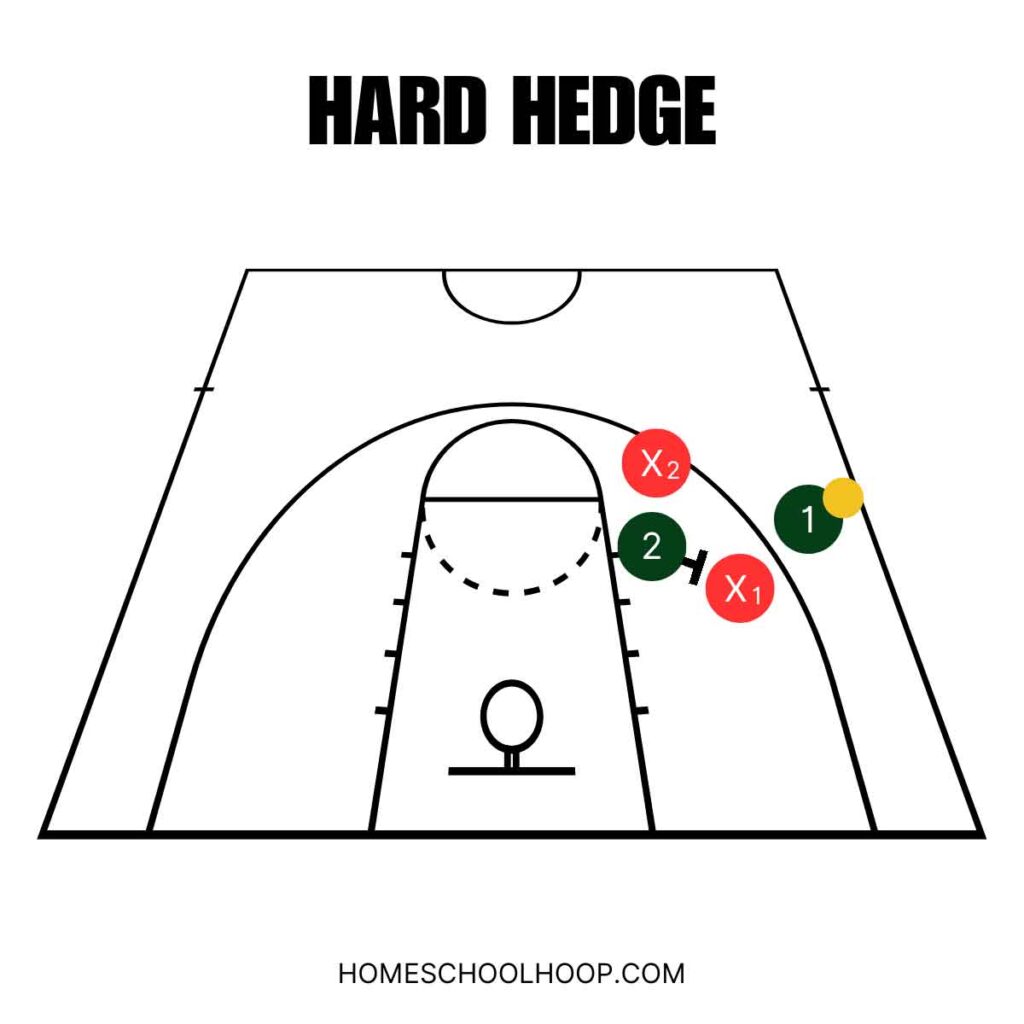
The Hard Hedge is like putting up a stop sign for the ball-handler coming off the screen. It’s the most aggressive way to hedge. Here’s how it works:
- What it is: The defender aggressively steps out toward the ball-handler, going well beyond the screen to force them away from their path.
- Purpose: It’s meant to significantly slow down or stop the ball-handler, giving the defender’s teammate time to recover.
- The risk of doing it: A hard hedge leaves the screener more open for a pass from the ball-handler with an open lane to the basket.
- When to use it: It’s best against teams that rely heavily on their ball-handler for dribble penetration or when the screener is not a significant threat to score.
Soft Hedge
The Soft Hedge is more like a caution sign, pushing the ball-handler slightly off their path. It’s less aggressive, but can still be effective in the right situation:

- What it is: The defender steps out but stays closer to the screen, not venturing too far from their original position.
- Purpose: It aims to slightly delay the ball-handler without leaving the screener open for a pass or shot.
- The risk of doing it: A fast ball-handler can take advantage of the softer hedge and get around it for a drive or open shot.
- When to use it: This is useful when the ball-handler is less of a threat to shoot from a distance, or the screener is a strong scorer.
Flat Hedge
The Flat Hedge is the middle ground, offering an in-between defensive approach:
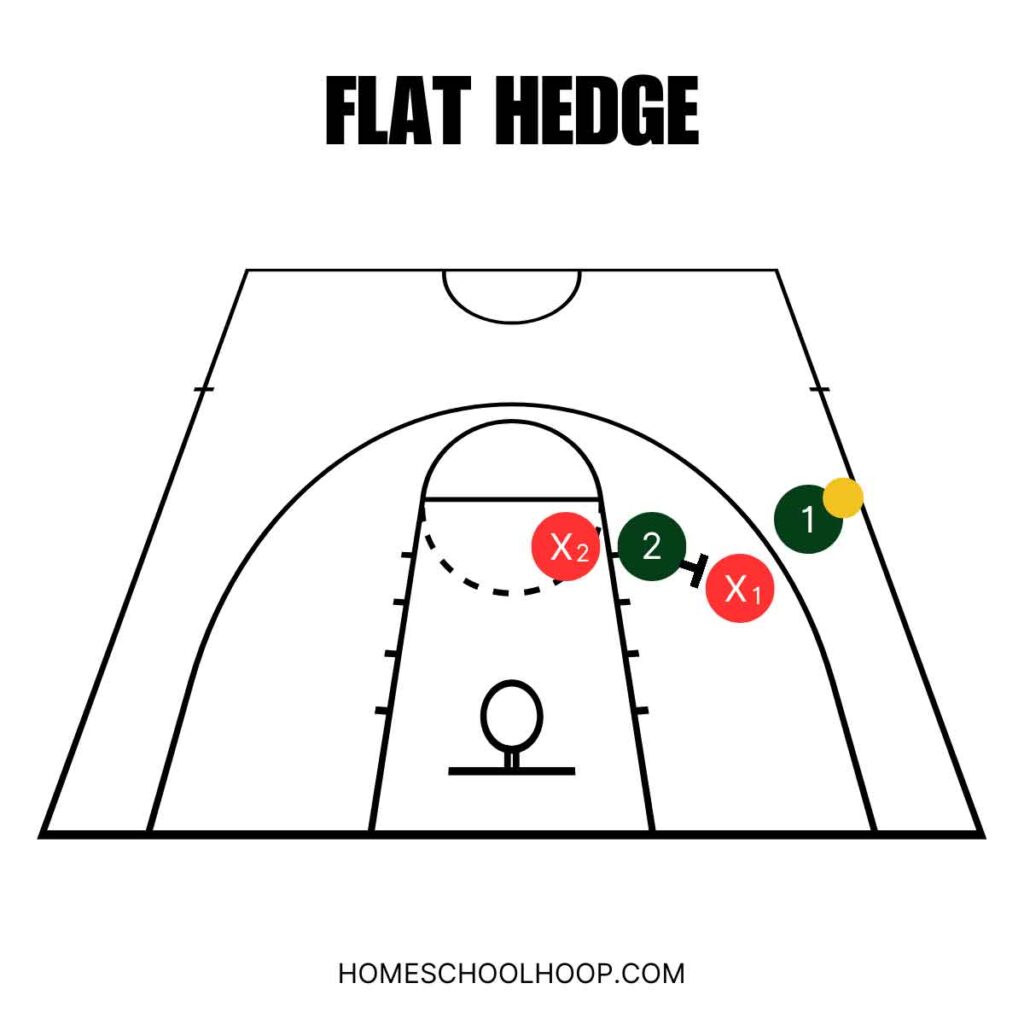
- What it is: The defender positions themselves in a way that’s level with the screen, looking to steer the ball-handler sideways rather than letting them drive toward the basket.
- Purpose: It controls the direction of the ball-handler’s movement, limiting their options.
- The risk of doing it: By not fully committing to a hard hedge, it may leave too much space for a good ball-handler or shooter.
- When to use it: Ideal for controlling players who are effective at driving or shooting, providing a compromise between stopping the ball and covering the screener.
Executing a Hedge in Basketball: Step-by-Step
Executing a hedge effectively involves four steps:
1. See the Screen Coming
The screener’s defender (hedger) anticipates the screen by watching player movements and the ball. If they see a screen being set, they should call out to the teammate being screened to prepare them for what’s ahead.
2. Step Out
As the screen is being set, the hedger steps out into the ball-handler’s desired path. They should maintain a defensive stance to move quickly in any direction. How far the hedging player steps out depends on the type of hedge strategy:
- Hard hedge: Step out high above the screen and position themselves square to the ball-handler’s desired path, forcing them to dribble away from the basket.
- Soft hedge: Shift out slightly but stay closer to the screener to more aggressively defend a pass.
- Flat hedge: Step out but stay level with the screen to push the ball-handler sideways.
3. Maintain Connection
While hedging, the defender must stay close enough to the screener to prevent them from getting an easy pass or rolling freely to the basket.
4. Recover
As soon as the ball-handler is contained and the screened defender recovers, the hedging defender must quickly move back to guard their original player. All the while, they must keep an eye out to block direct passes.

How Do You Beat a Hedge in Basketball?
While a team uses hedging as a basketball defense strategy to disrupt your offense, especially during pick-and-roll plays, it’s not a dead end. Instead, it opens up opportunities to counterattack with smart plays. Here are some offensive counters to the hedge defense:
Screen the Screener
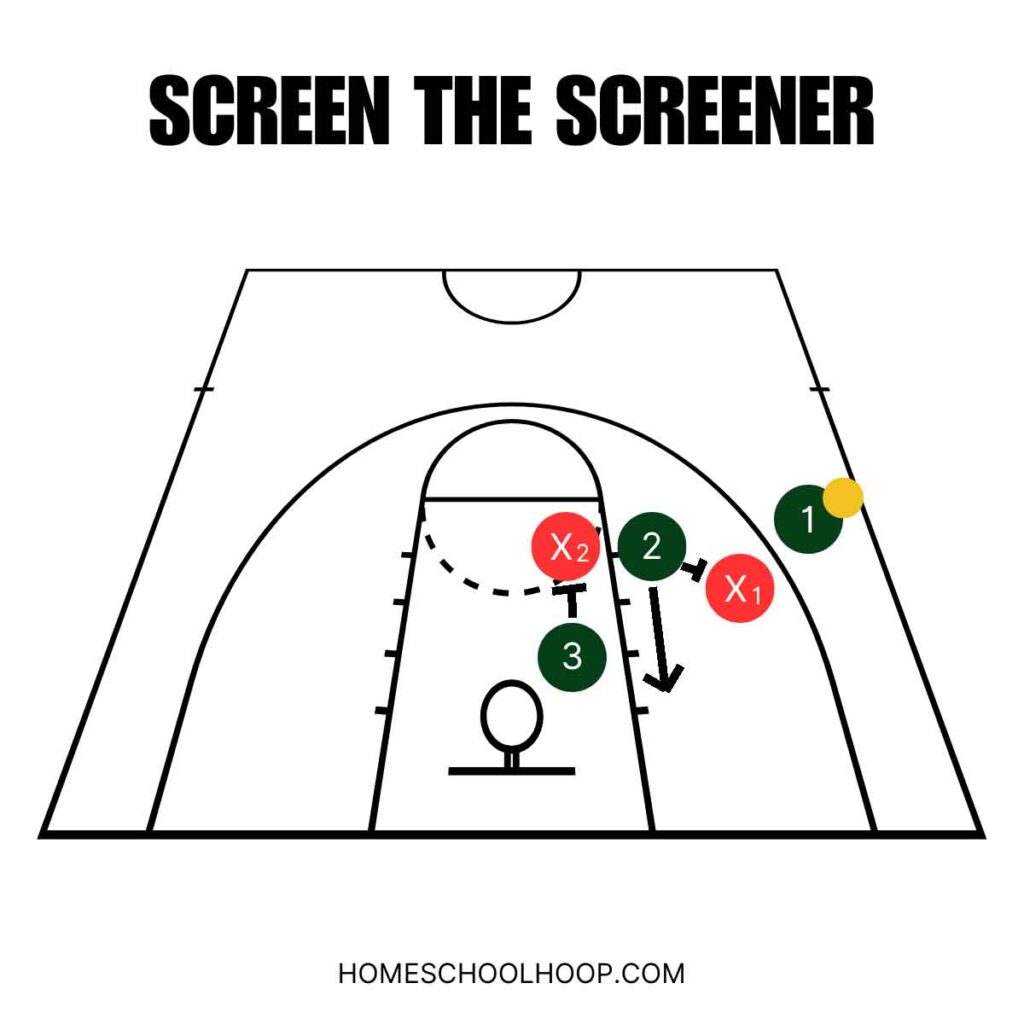
- What It Means: This move involves another player setting a screen for the one who’s about to screen for the ball-handler.
- Why It Works: Most often a back screen, screening the screener often catches the hedging defender off guard, allowing the initial screener a clear path to the basket.
Split the Screen
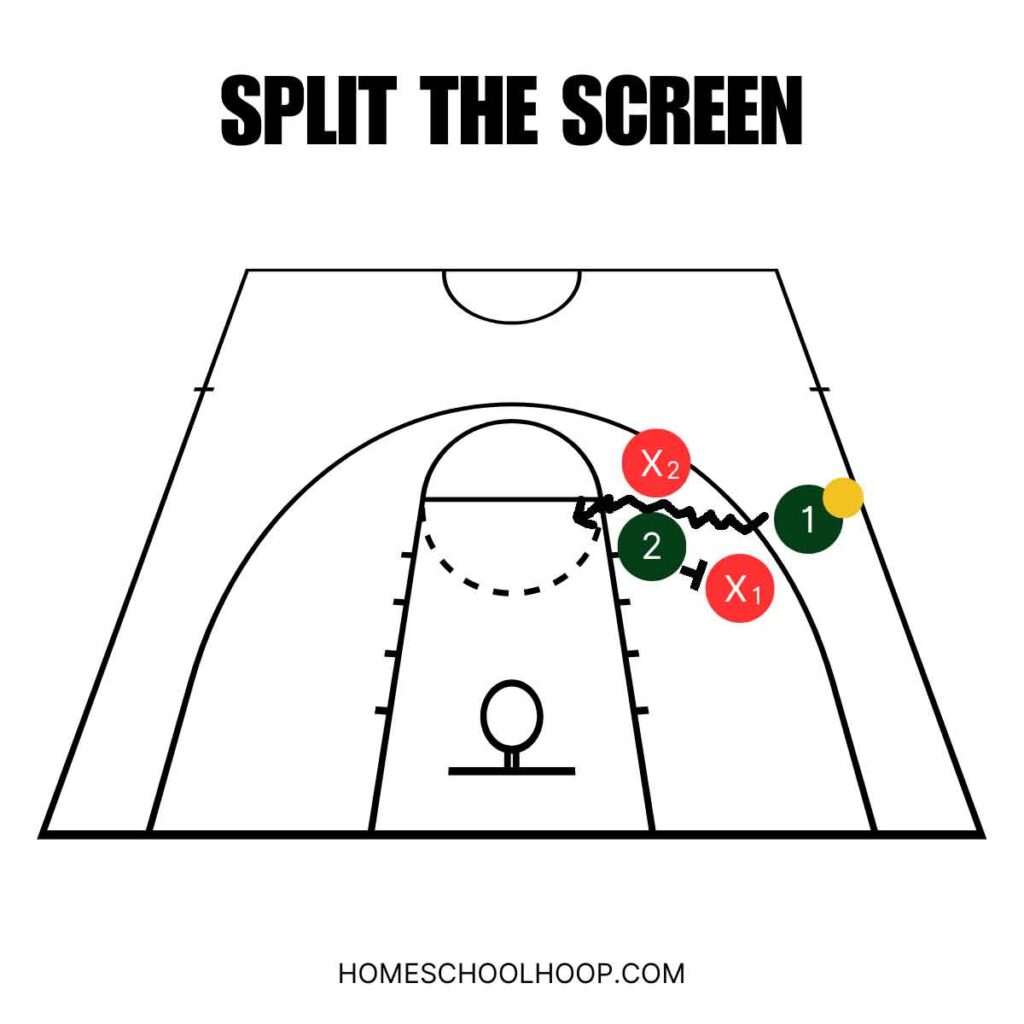
- What It Means: The ball-handler, instead of going around the screen, darts between their teammate (the screener) and the defender who’s hedging.
- Why It Works: This move is great against a defender who hedges too aggressively, creating a chance for the ball-handler to penetrate toward the basket or pass to an open teammate. It may also encourage the screener to lean to try to block the ball-handler, prompting an illegal screen foul.
Slip the Screen
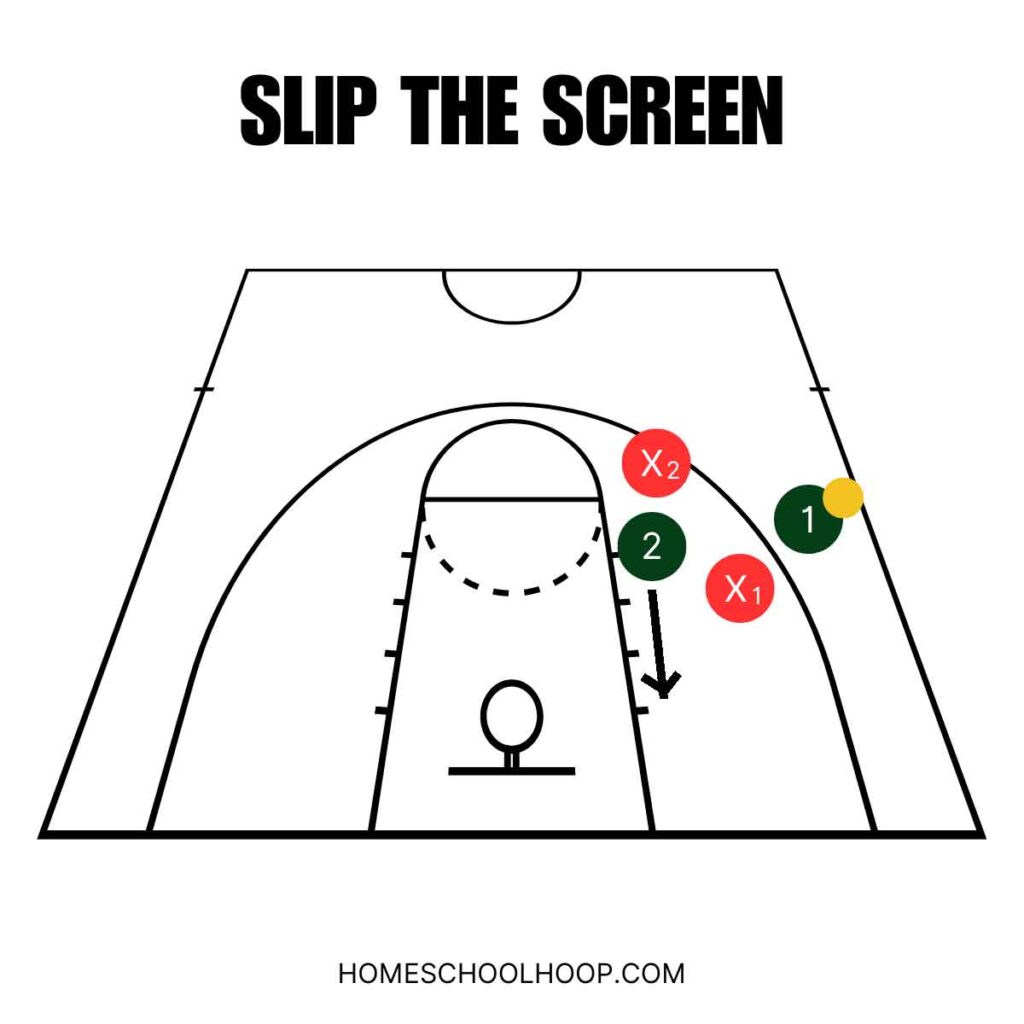
- What It Means: Just as the defender steps out to hedge, the screener doesn’t set a solid screen but instead slips toward the basket.
- Why It Works: It exploits the moment the defender commits to the hard hedge, leaving a direct path to the basket open for a quick pass and potential score.
The Short Roll
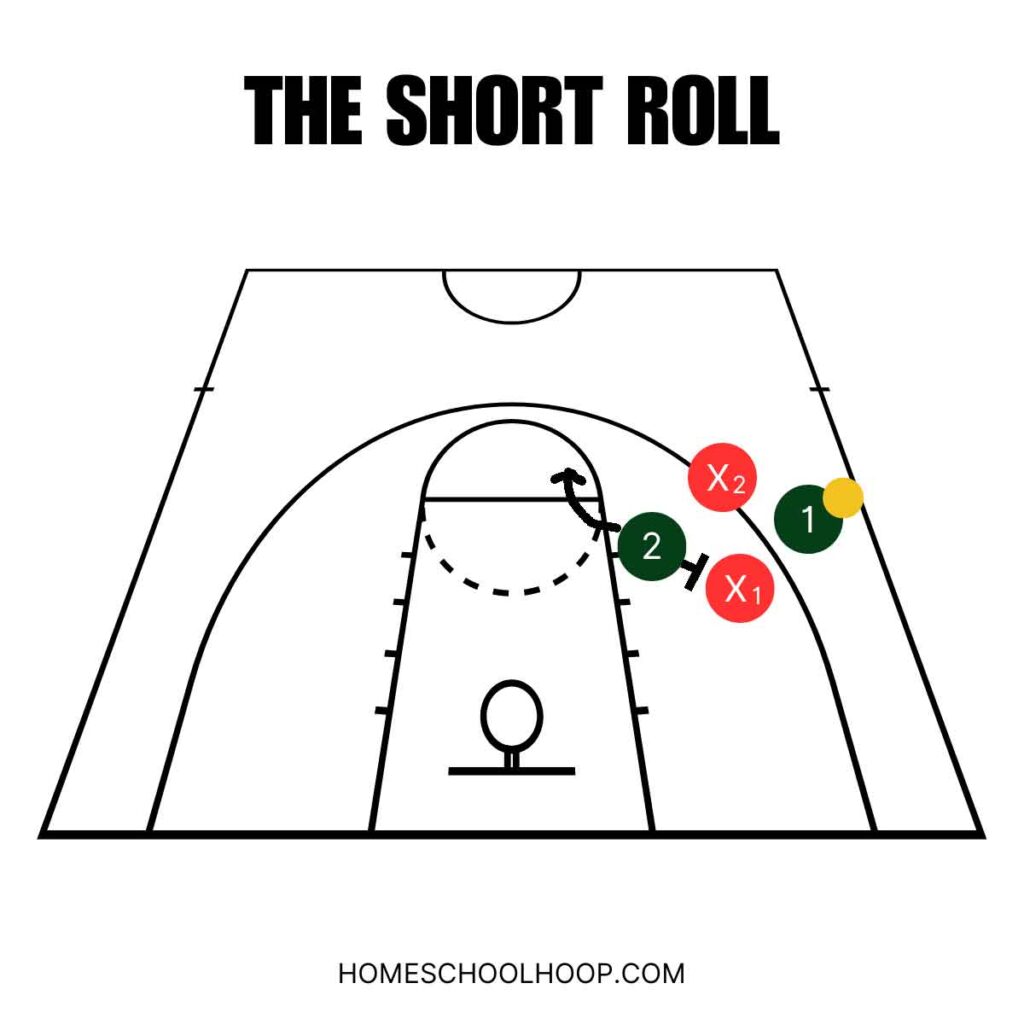
- What It Means: Instead of the screener rolling all the way to the rim after setting the screen, they roll to a closer, open spot on the floor.
- Why It Works: This is most effective when the hedging defender stays a moment to trap the ball-handler. It offers an immediate passing option to the ball-handler. From this position, the screener can either take a shot, drive to the basket, or pass to another open teammate.
FAQs
What is hedging in basketball?
Hedging in basketball is a defensive tactic used to counter on-ball screens. The defender of the screener steps out to temporarily block or slow down the ball-handler. This gives their teammate, who is caught up in the screen, time to recover.
What is a soft hedge in basketball?
A soft hedge in basketball is when the defender of the screener steps out toward the ball-handler but doesn’t move far from their original position. This approach aims to slightly delay the ball-handler while prioritizing defending their own player.
What is the difference between a hard and soft hedge?
In a hard hedge, the defender aggressively confronts the ball-handler, moving significantly away from the screener to force the ball-handler to change their path. In a soft hedge, the defender makes a more conservative move, slightly disrupting the ball-handler’s path without straying far from the screener.
LET US KNOW
Today, you learned about hedging a screen in basketball.
So we want to know: In your opinion, which team or player best executes the art of hedging in basketball, today or in the past?
Let us know in the comments.


